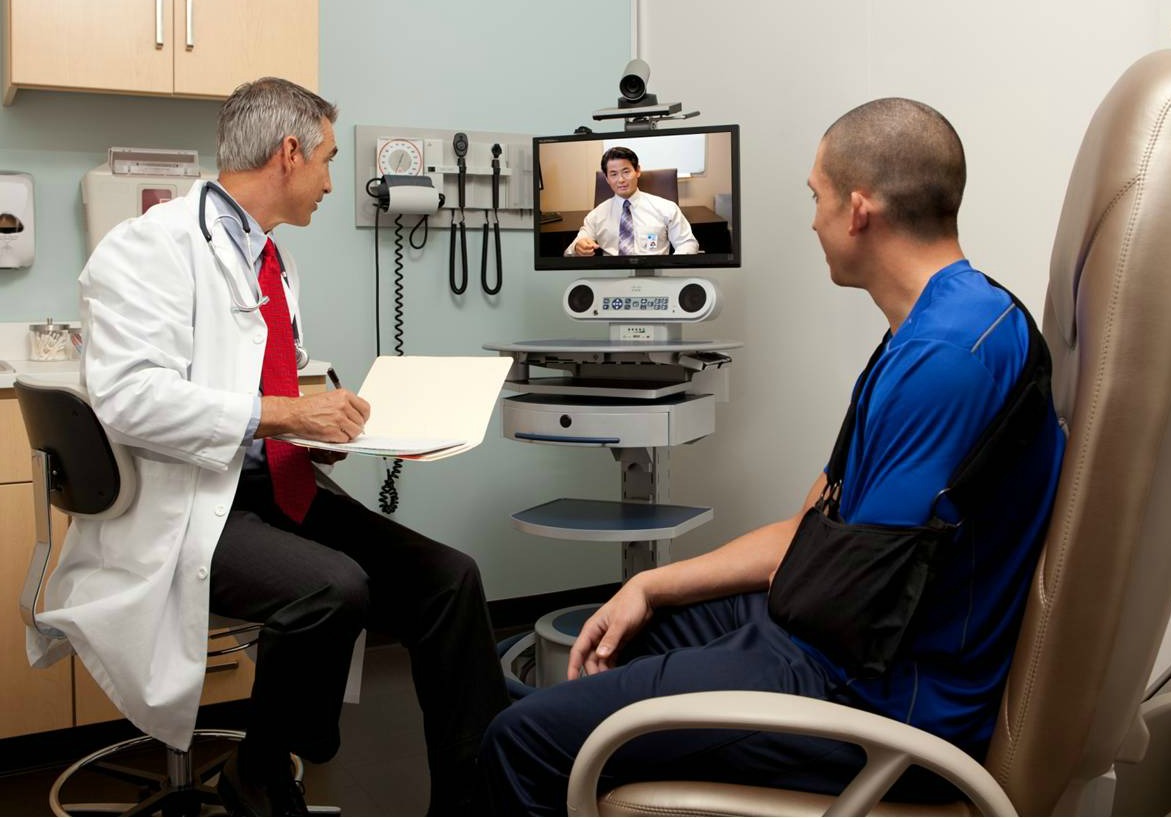5 Things You Need to Know About Telemedicine in Emergency Medicine
Patients today are more tech-savvy than ever. As a society we expect information on-the-spot. We are able to access any and all information with a simple swipe and search of our smartphones and this desire extends past finding the directions to our nearest emergency care center.
According to the American Telemedicine Association (ATA), consumers want telemedicine. The greatest impact of telemedicine is on the patient, their family and their community. Using telemedicine technologies reduces travel time and related stresses for the patient. Such services offer patients the access to providers that might not be available otherwise, as well as medical services without the need to travel long distances.
While it's popularity is rapidly increasing, telemedicine is not a new idea. Starting out over 40 years ago with demonstrations of hospitals extending care to patients in remote areas, the use of telemedicine has spread rapidly and is now becoming integrated into the ongoing operations of hospitals, specialty departments, home health agencies, private physician offices as well as consumer’s homes and workplaces.







